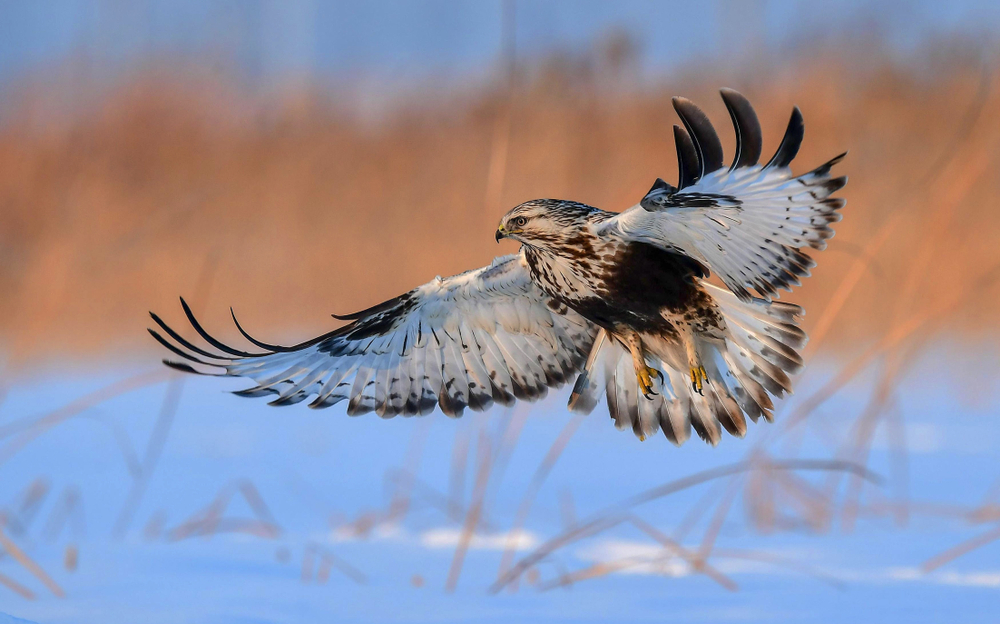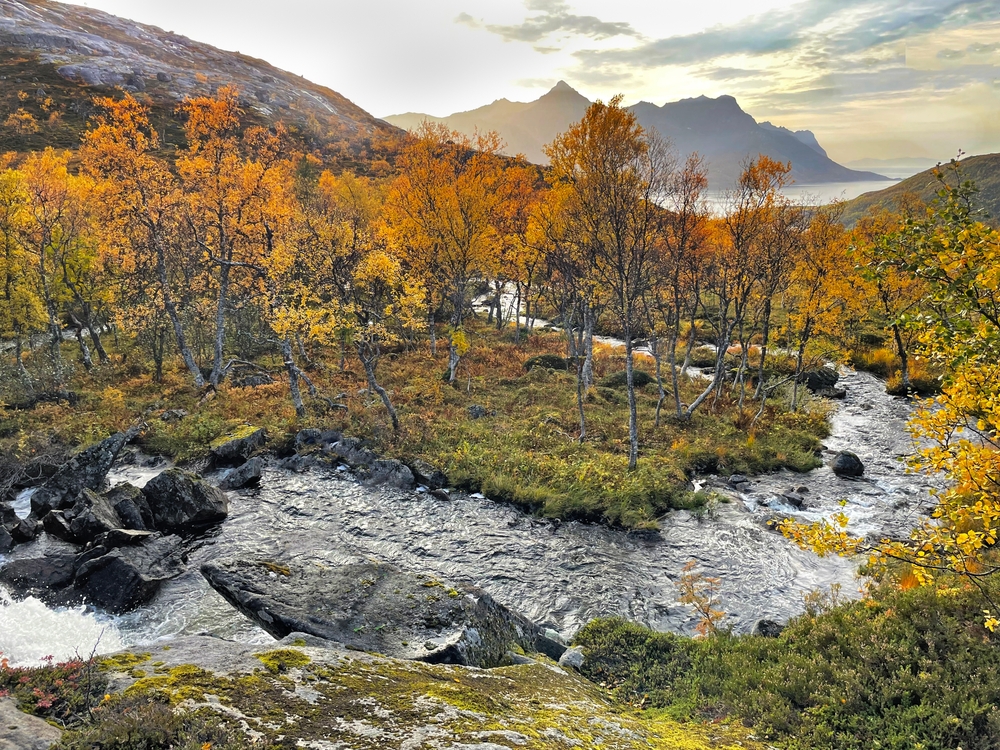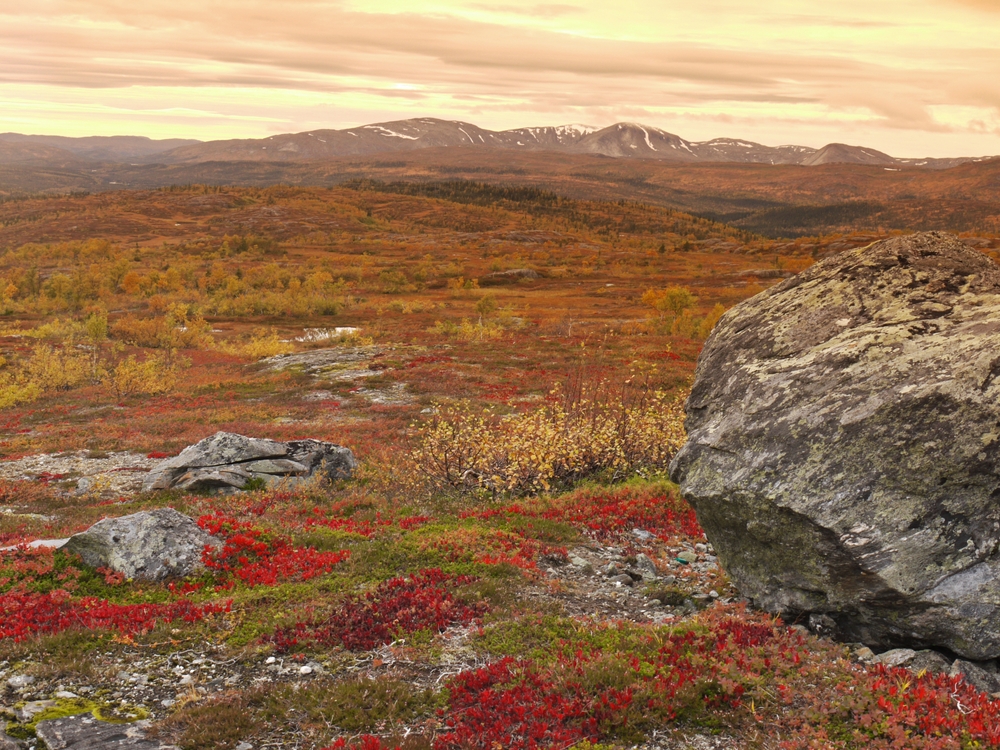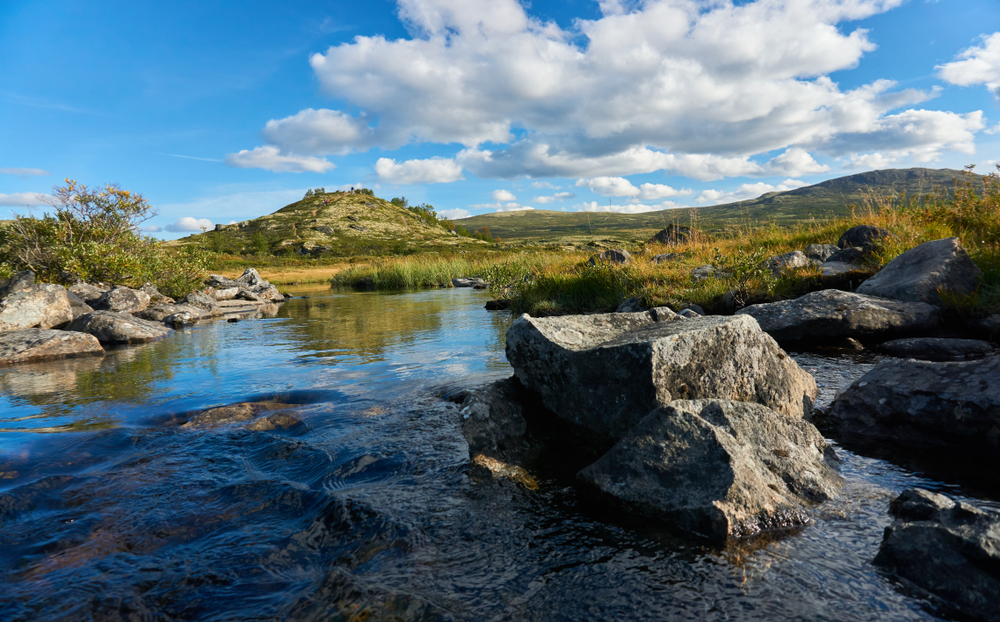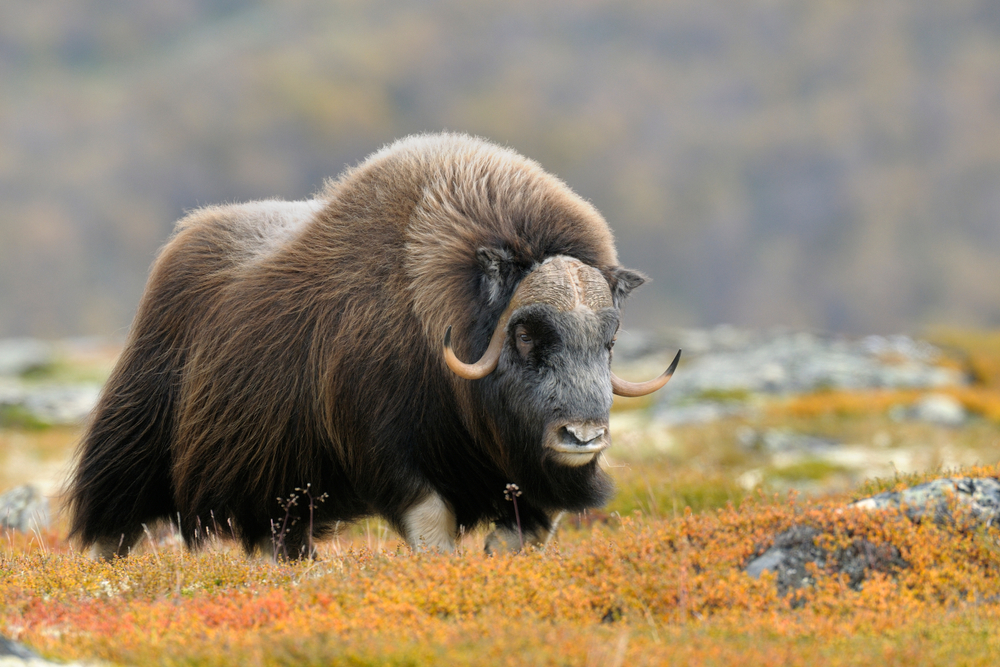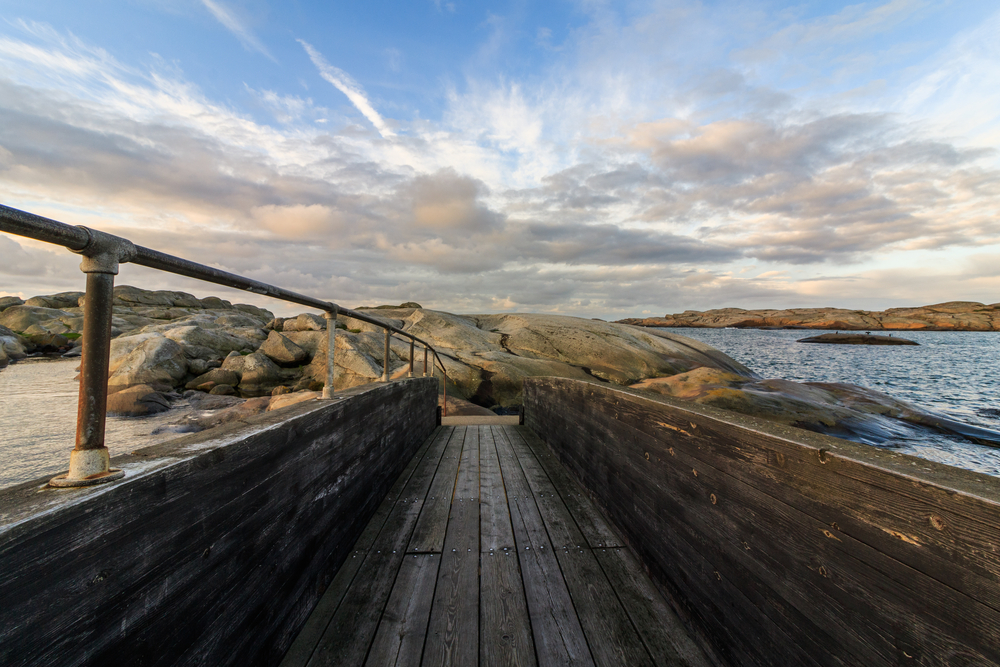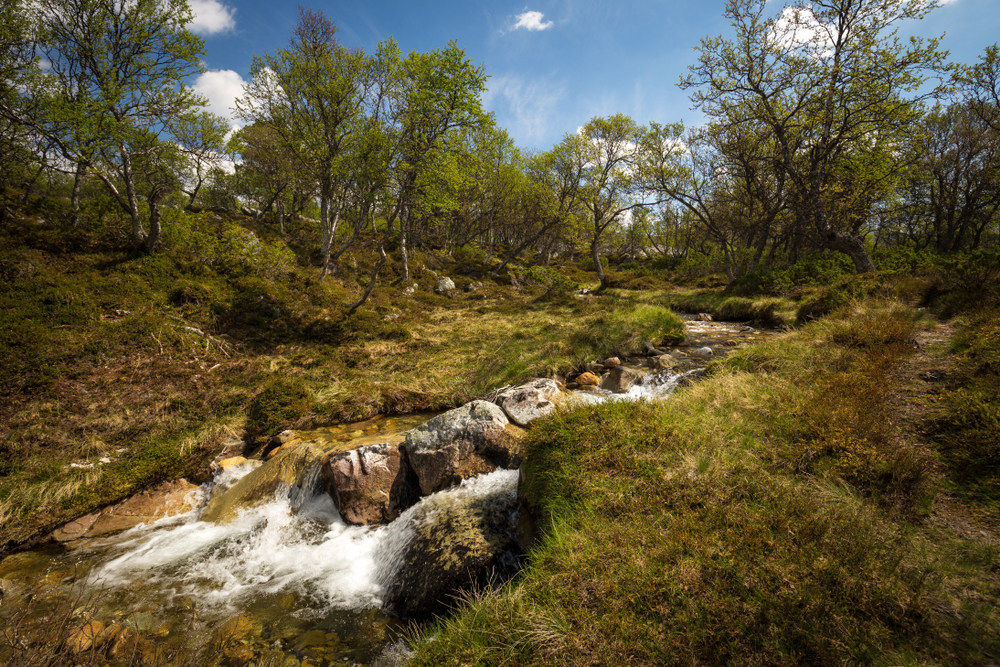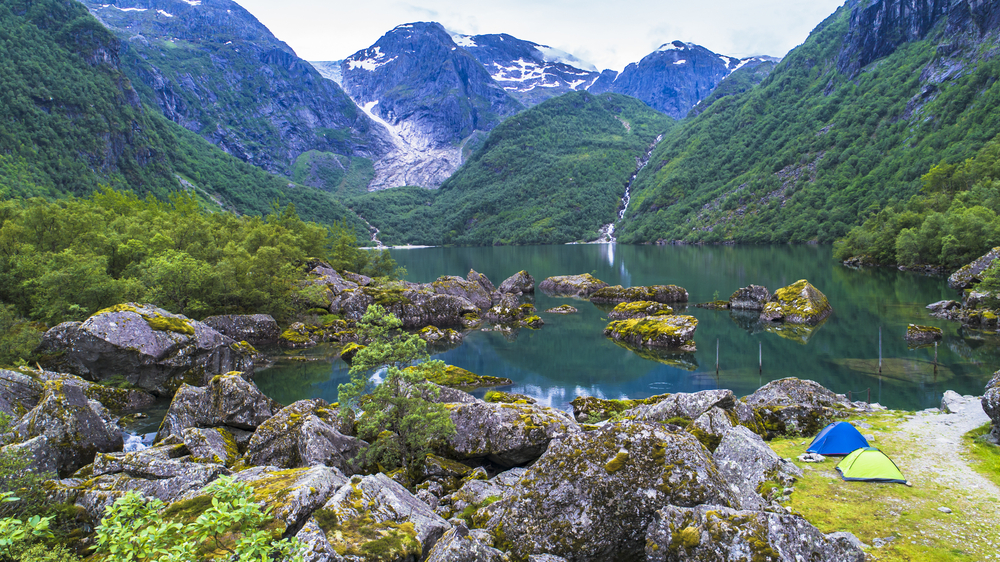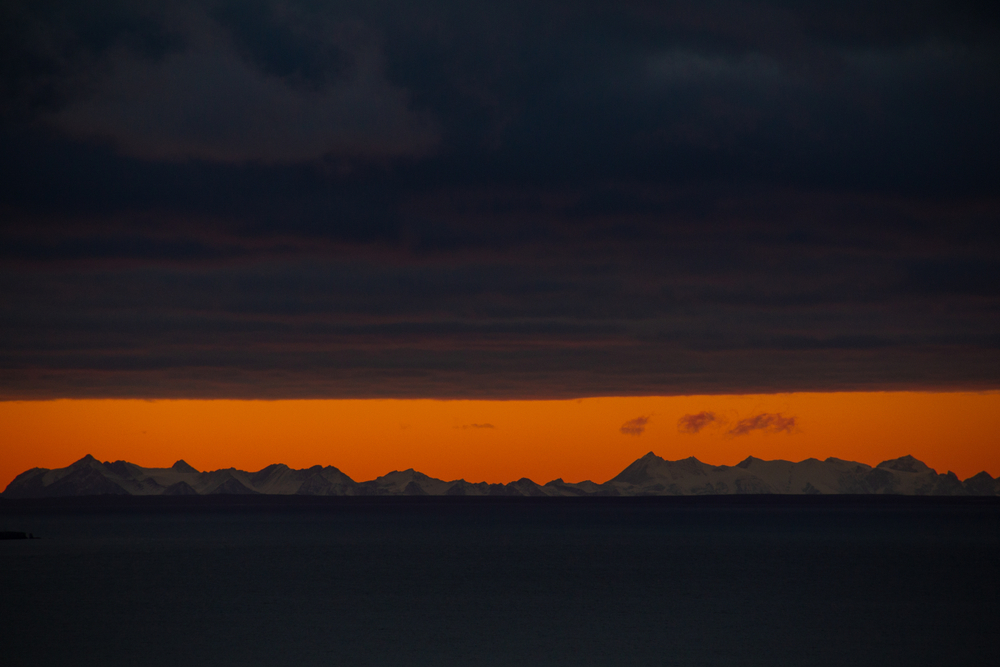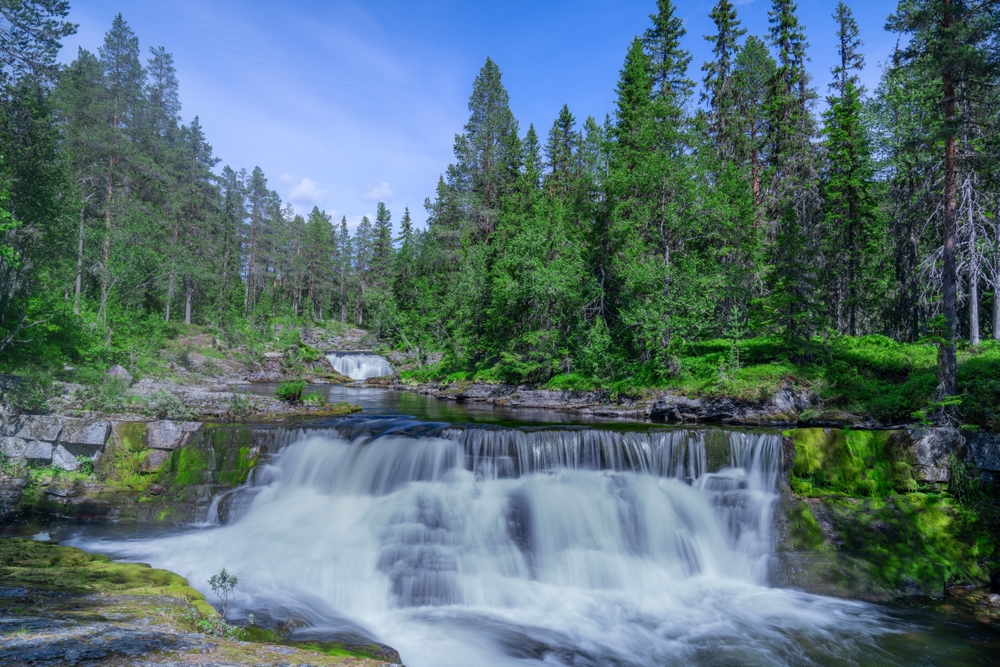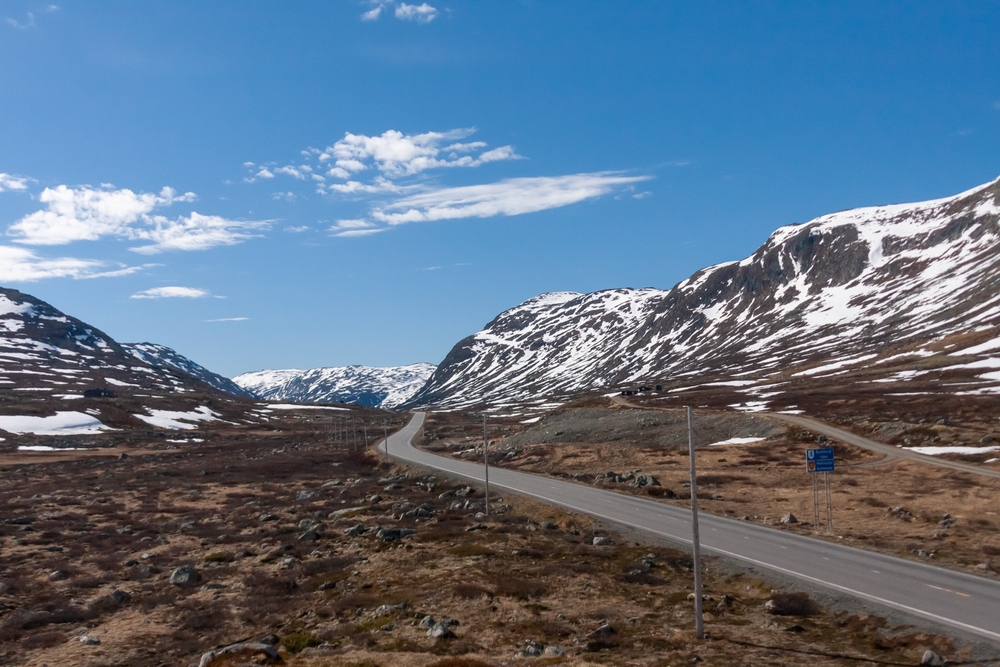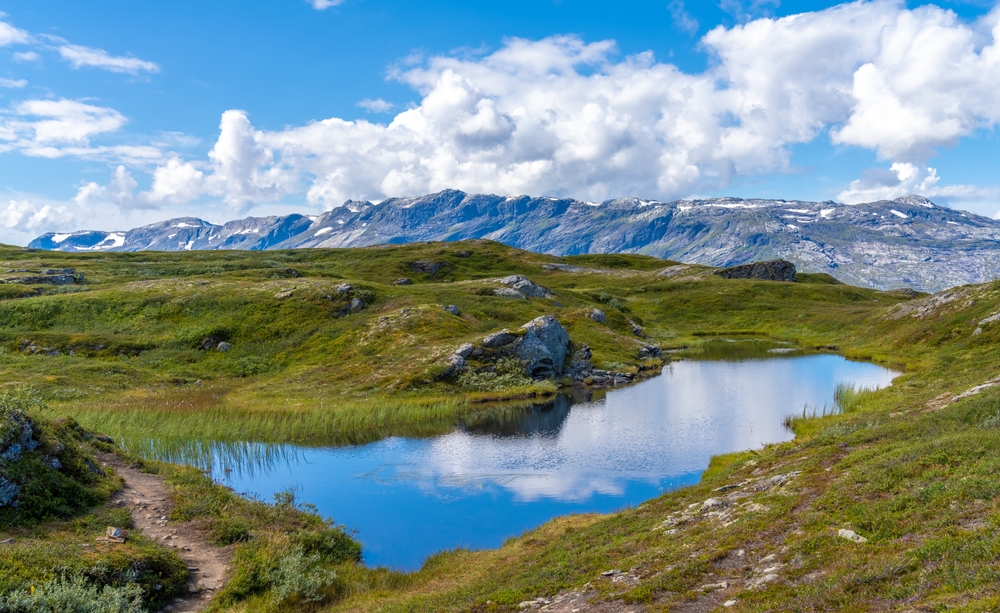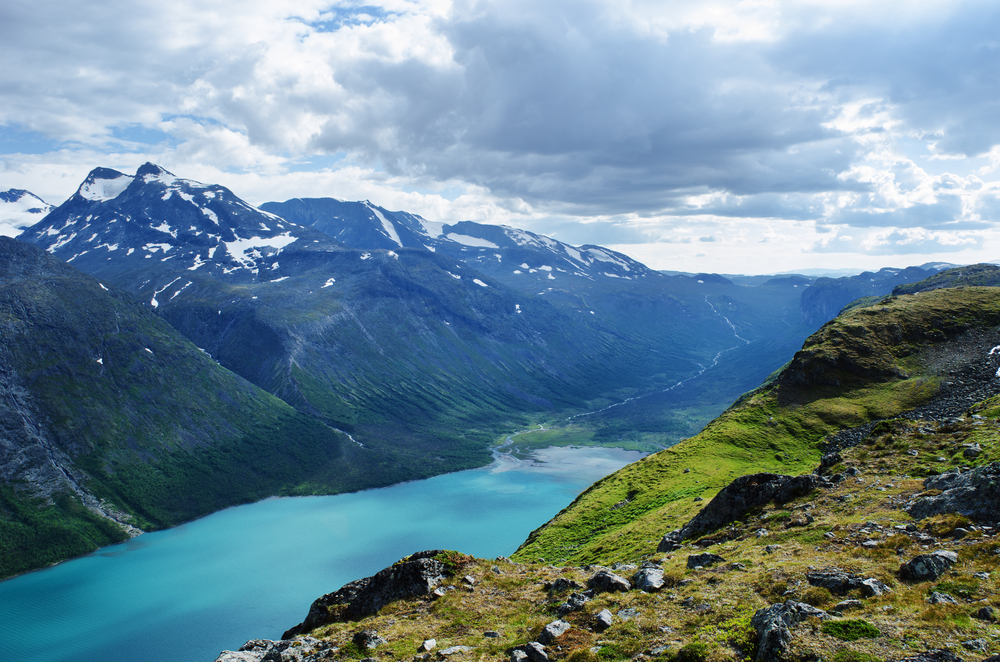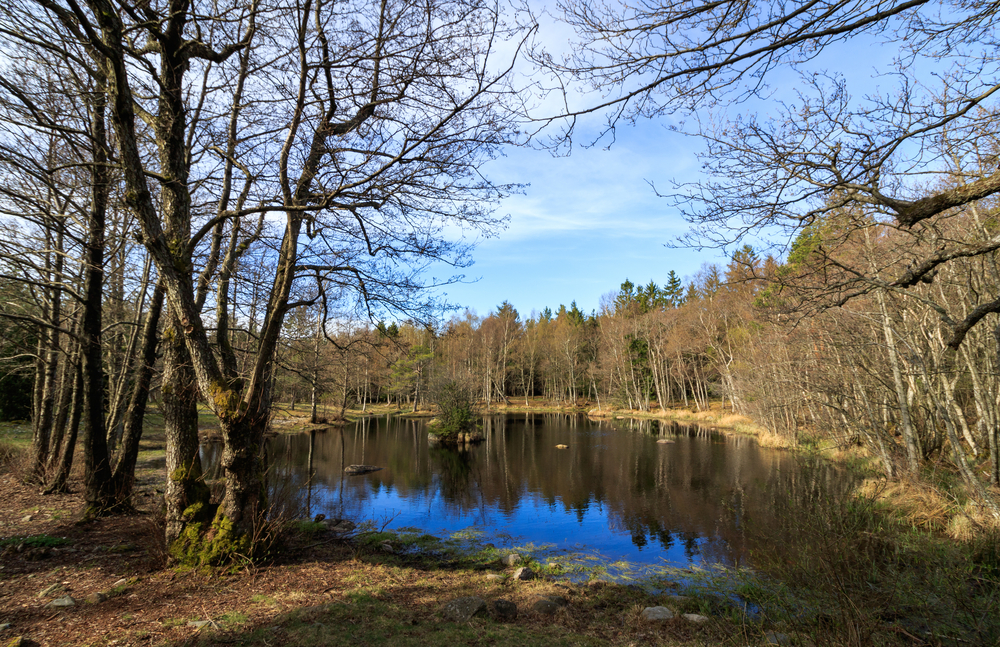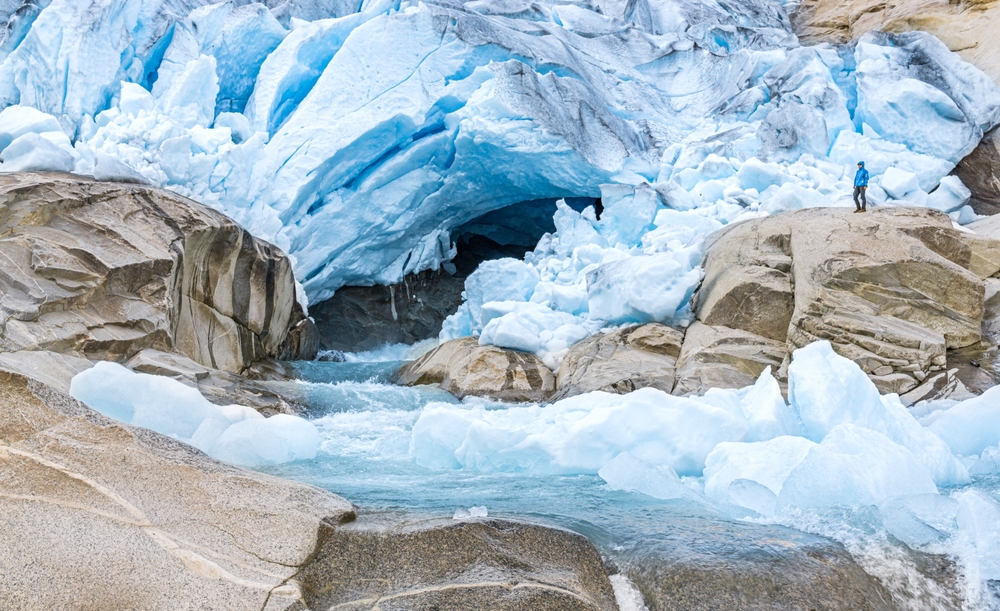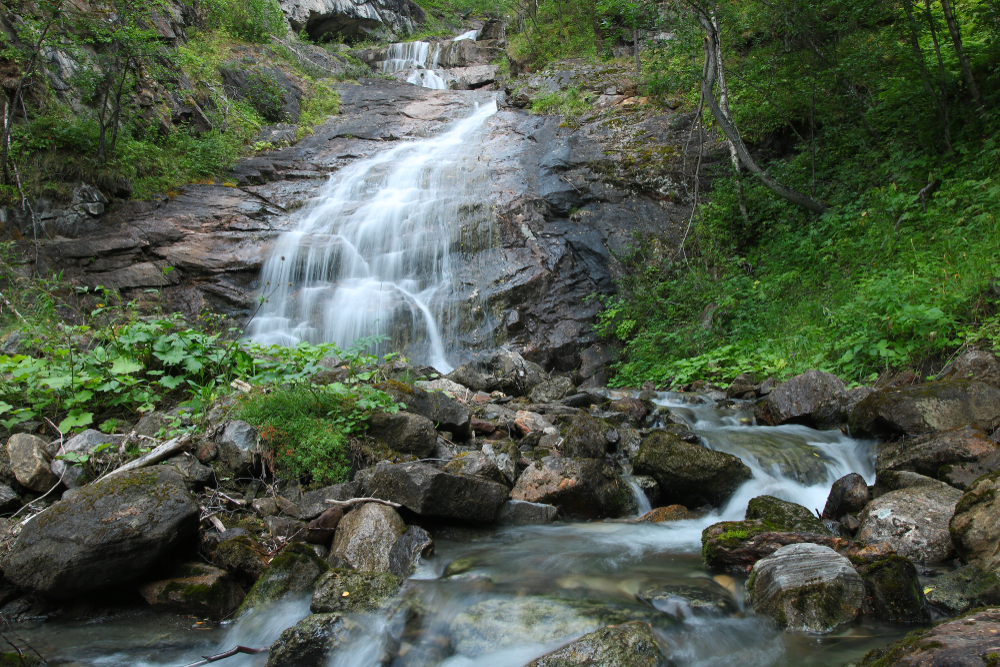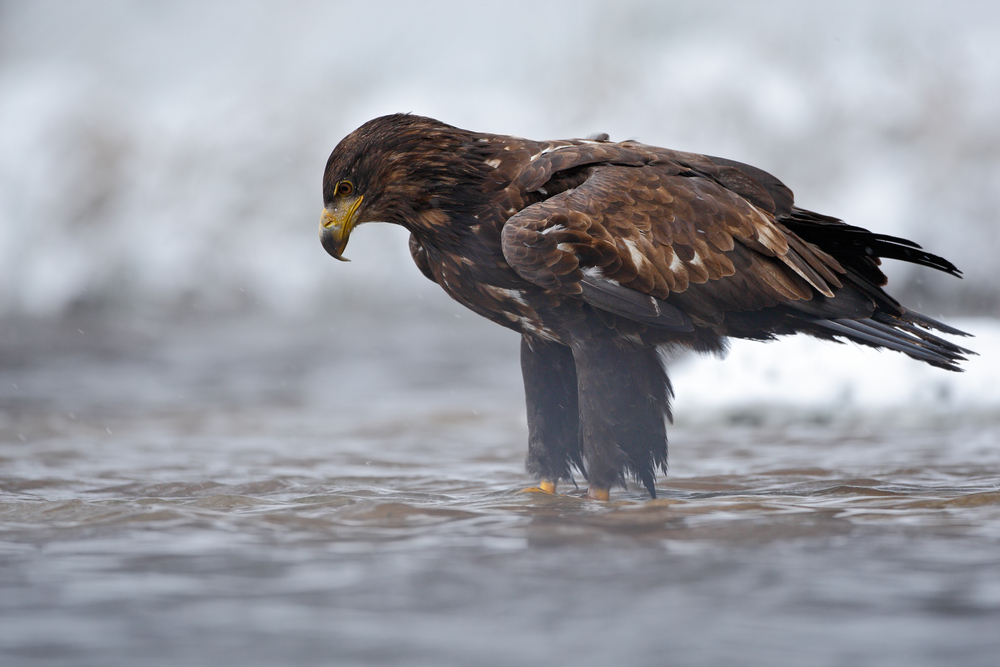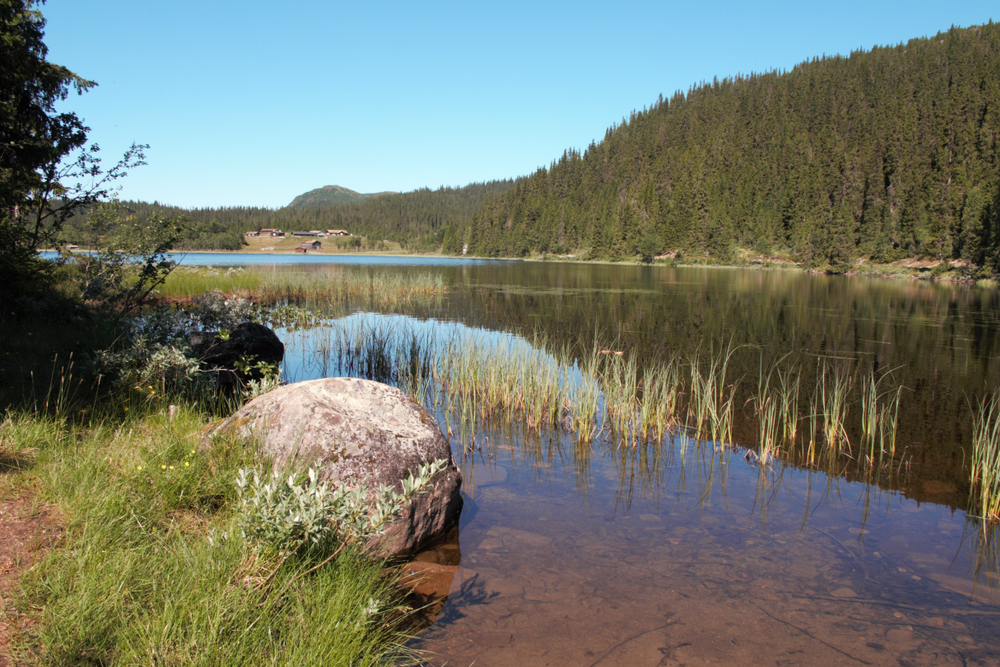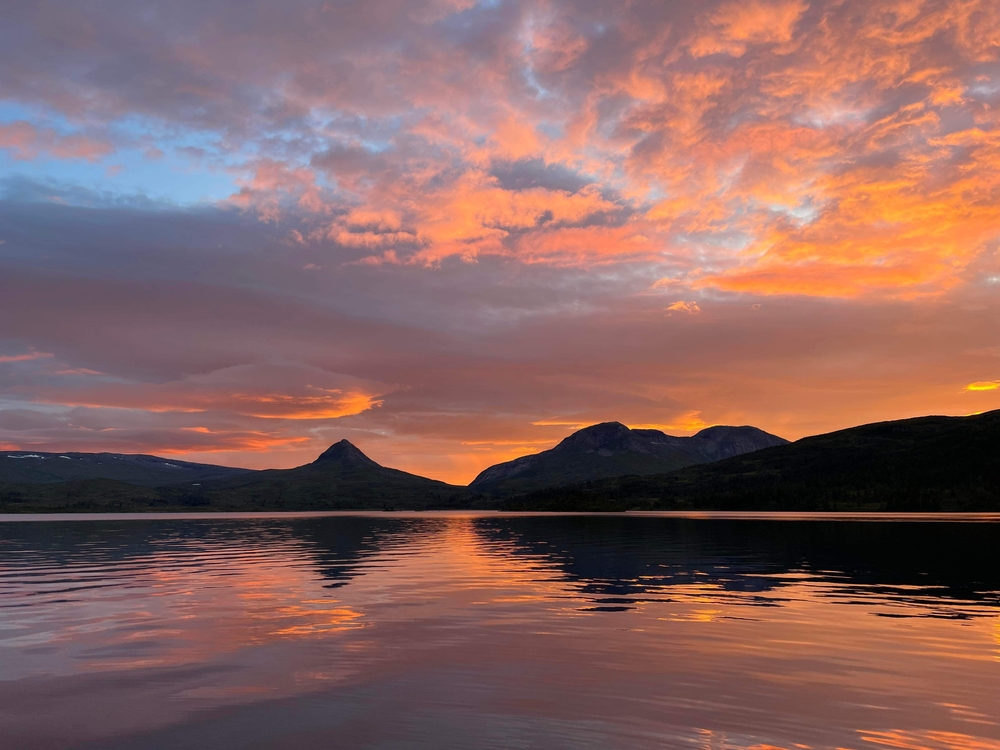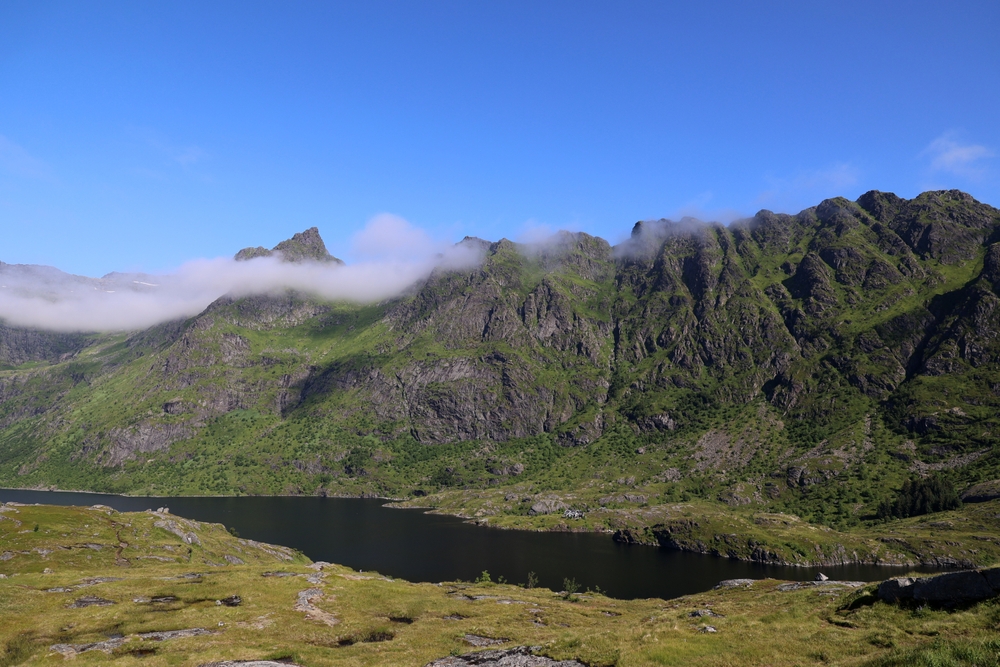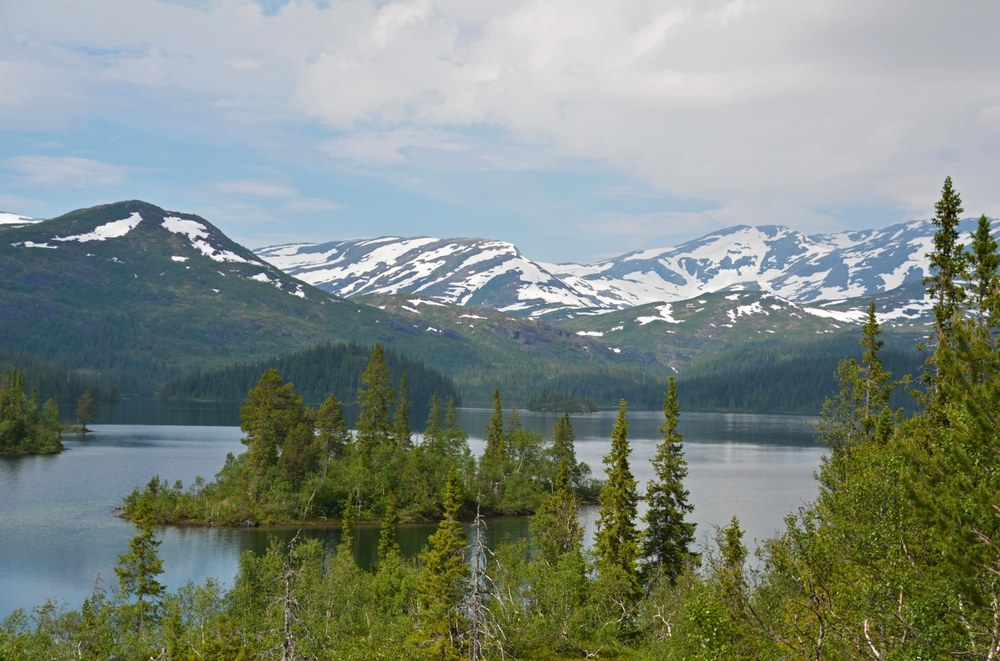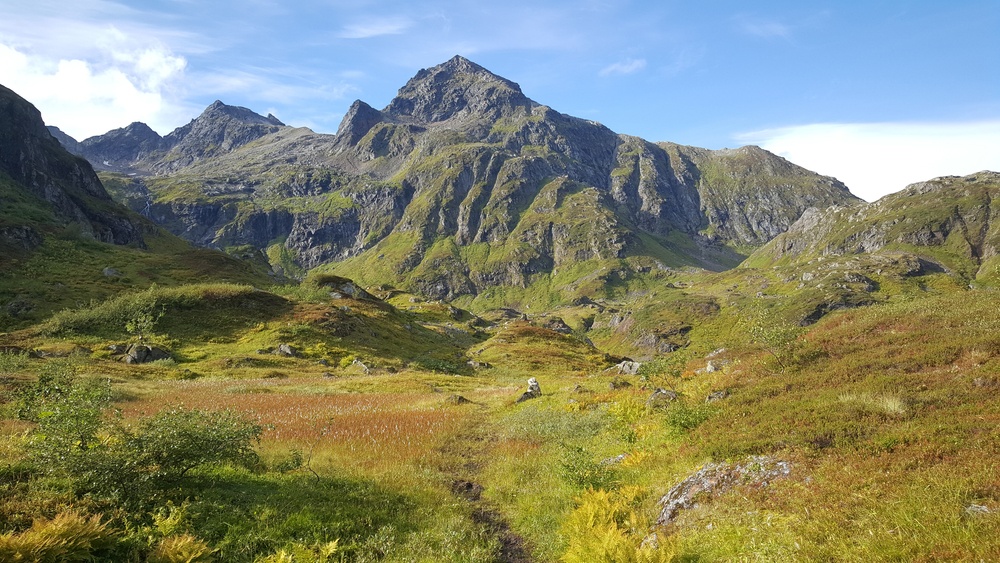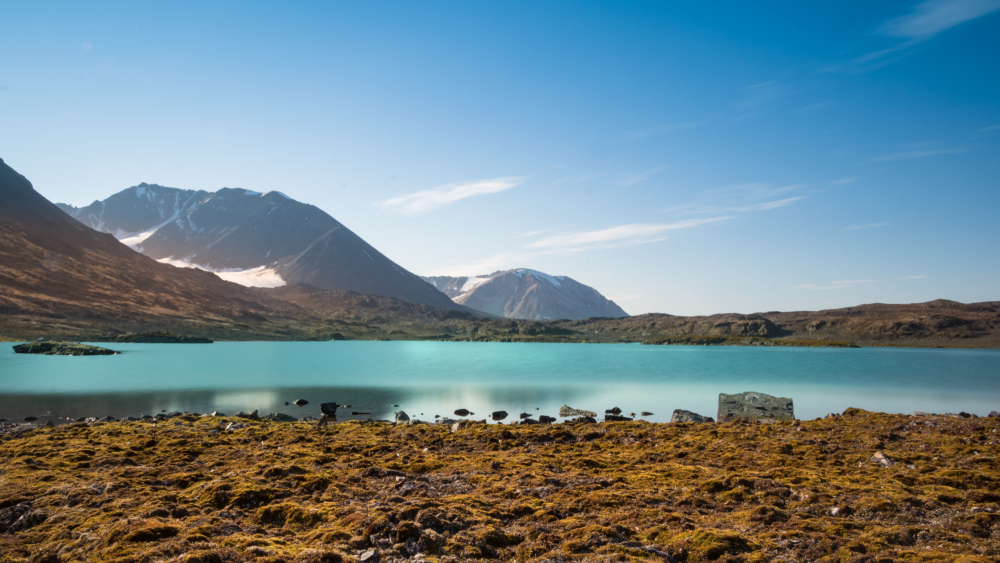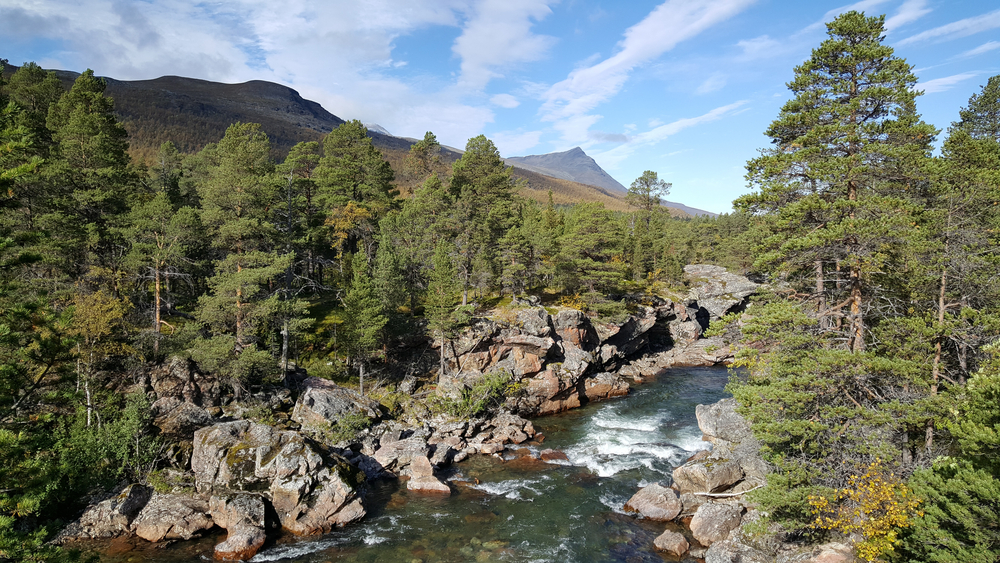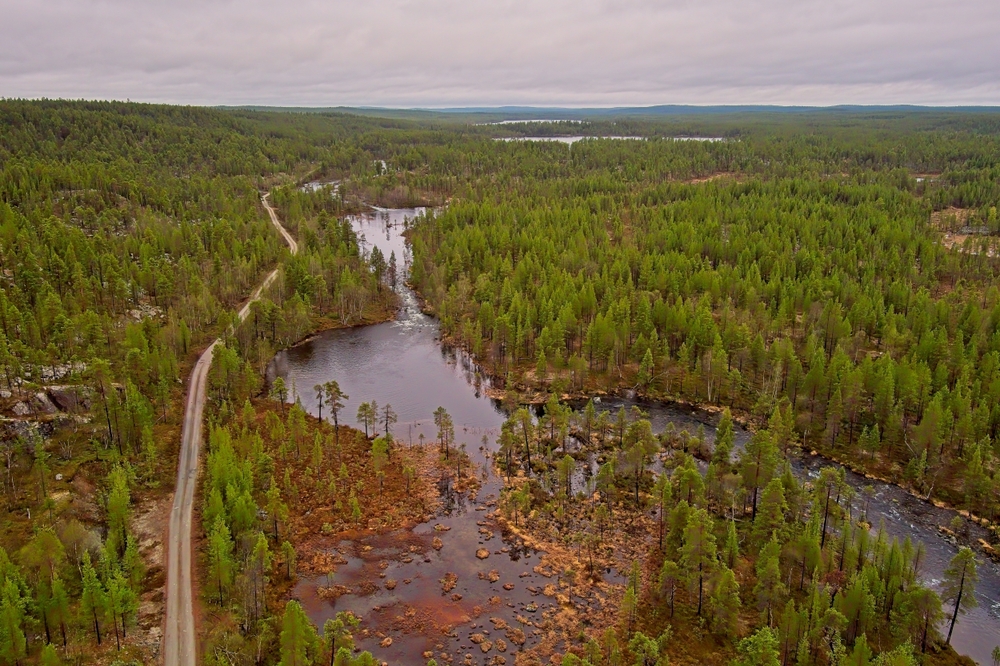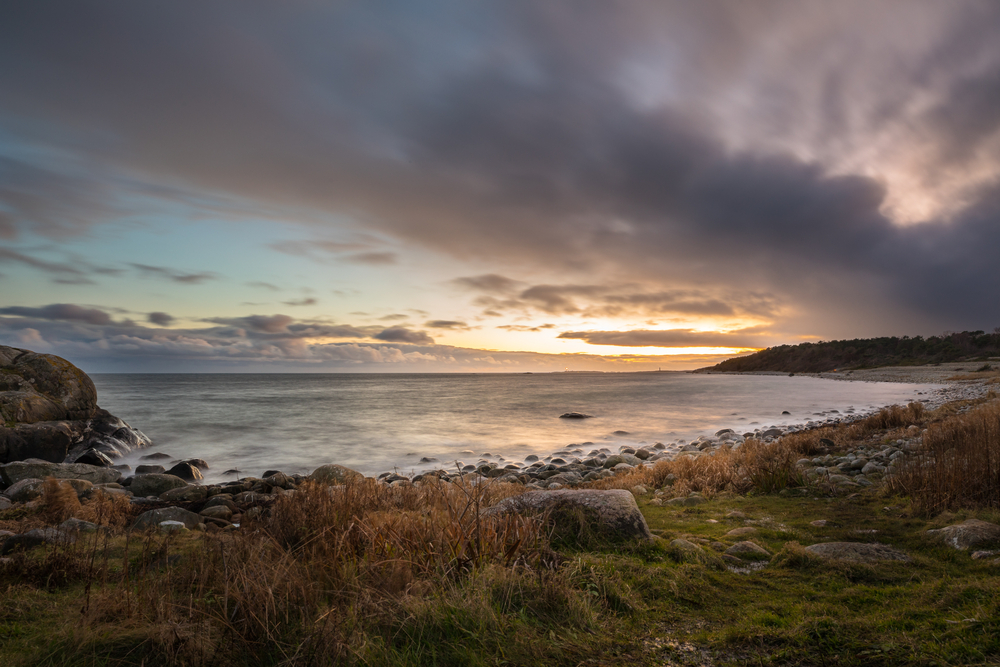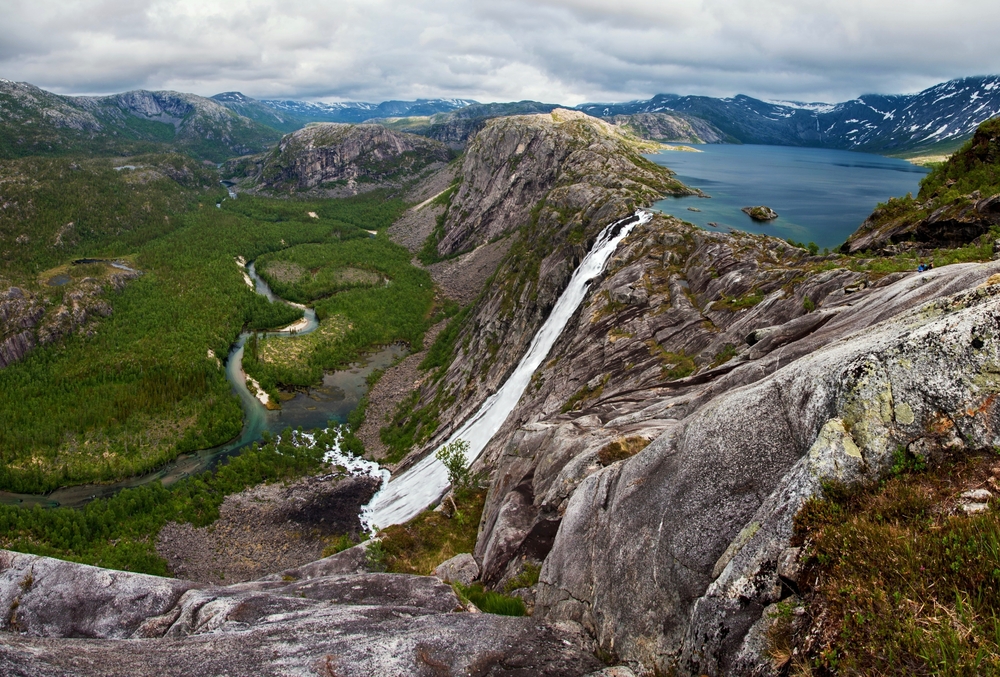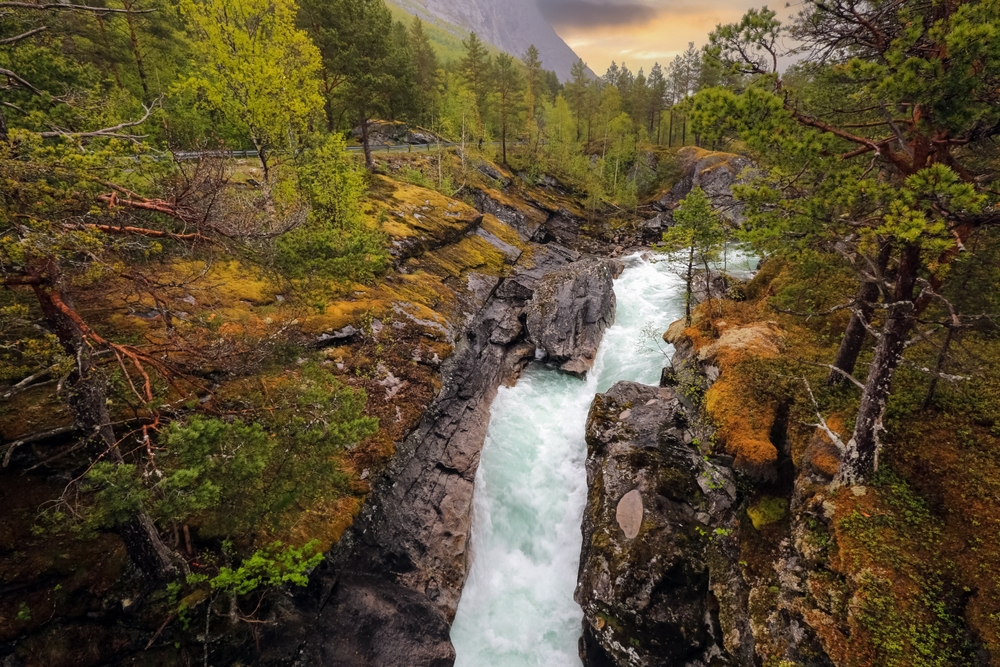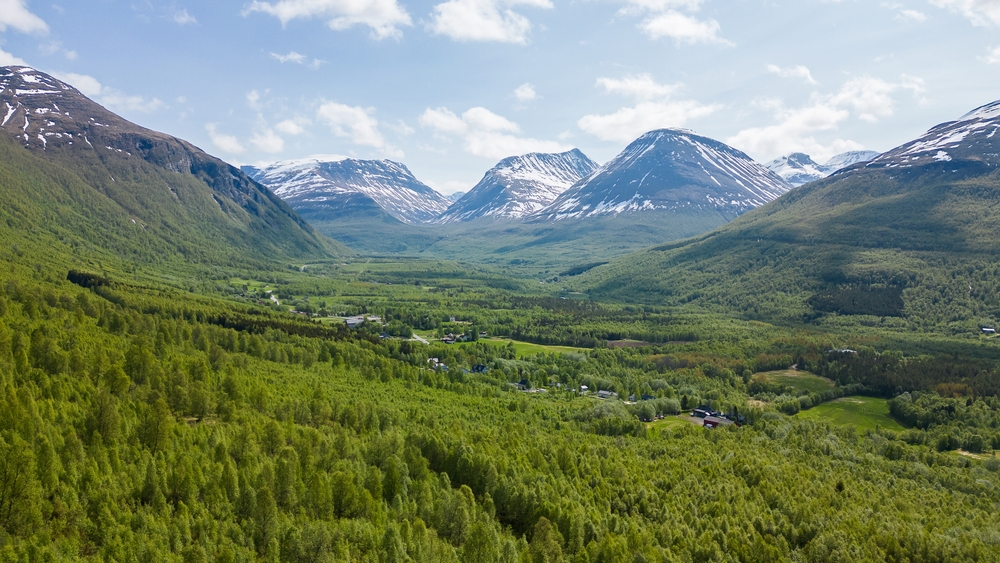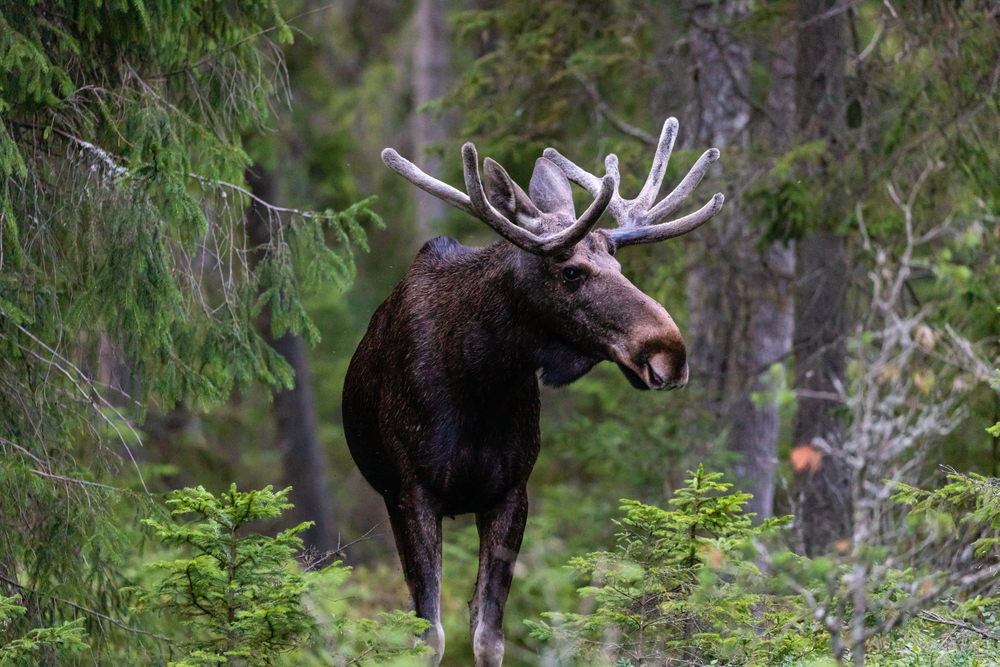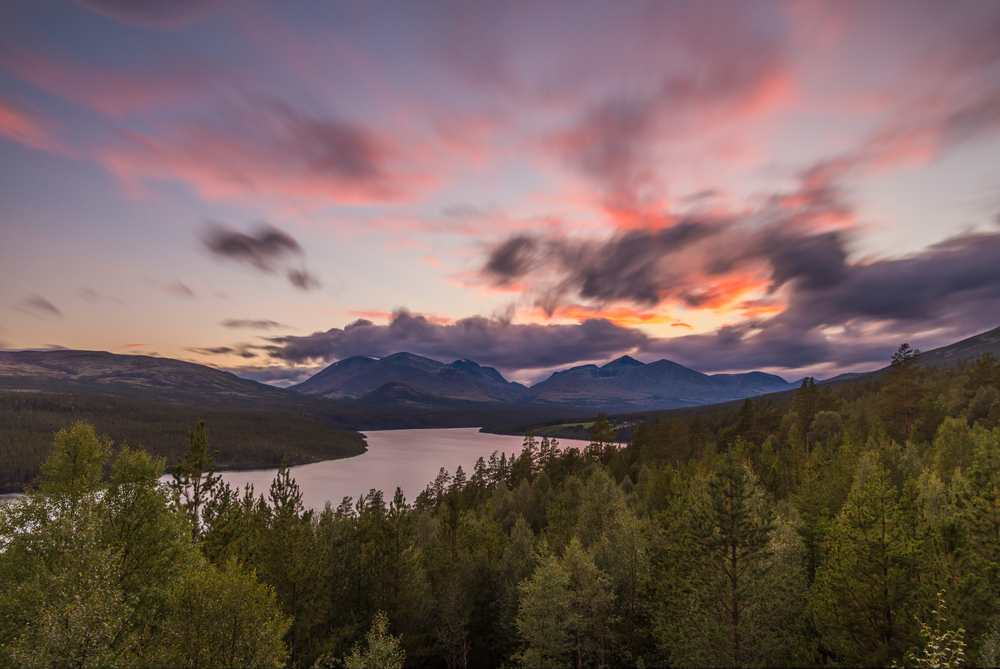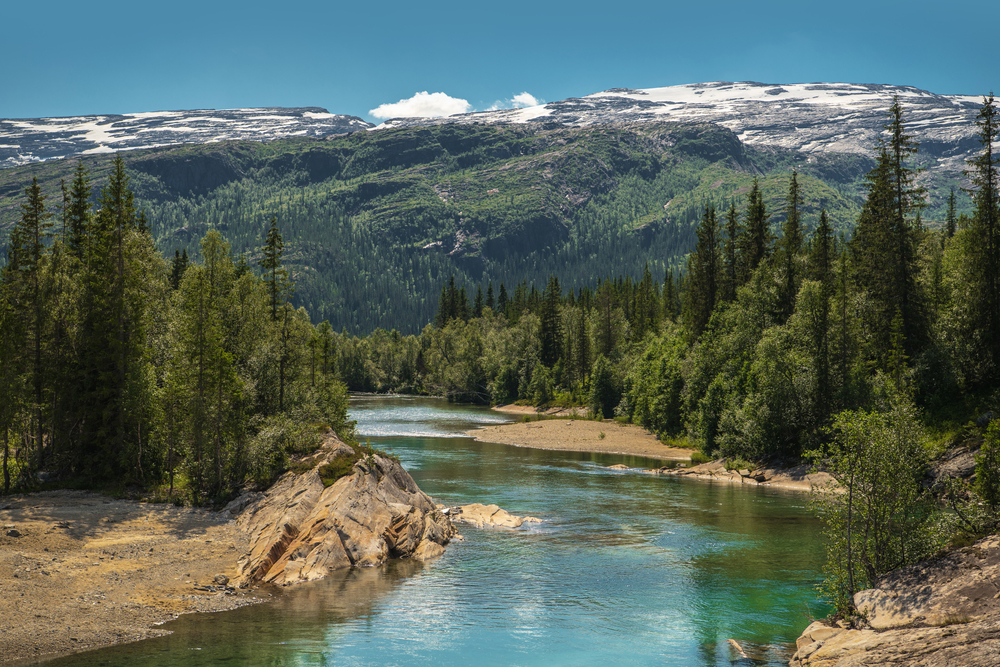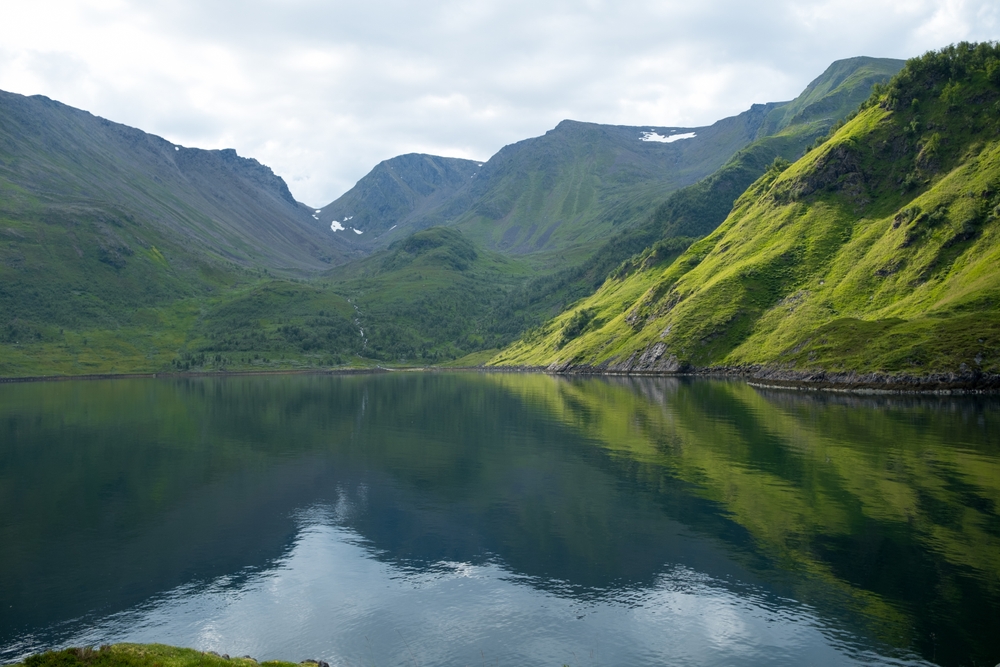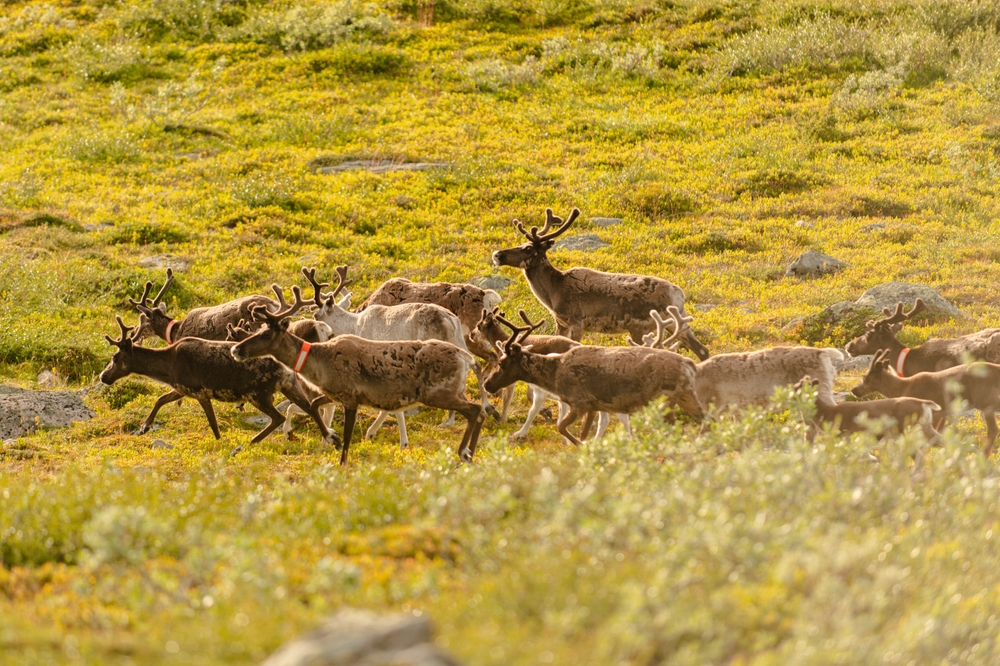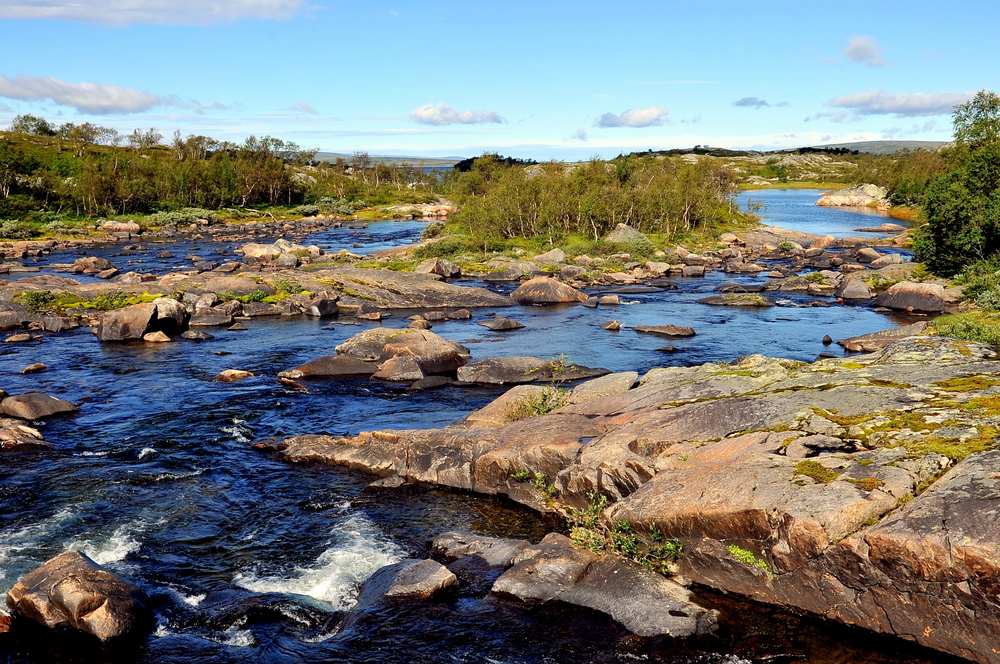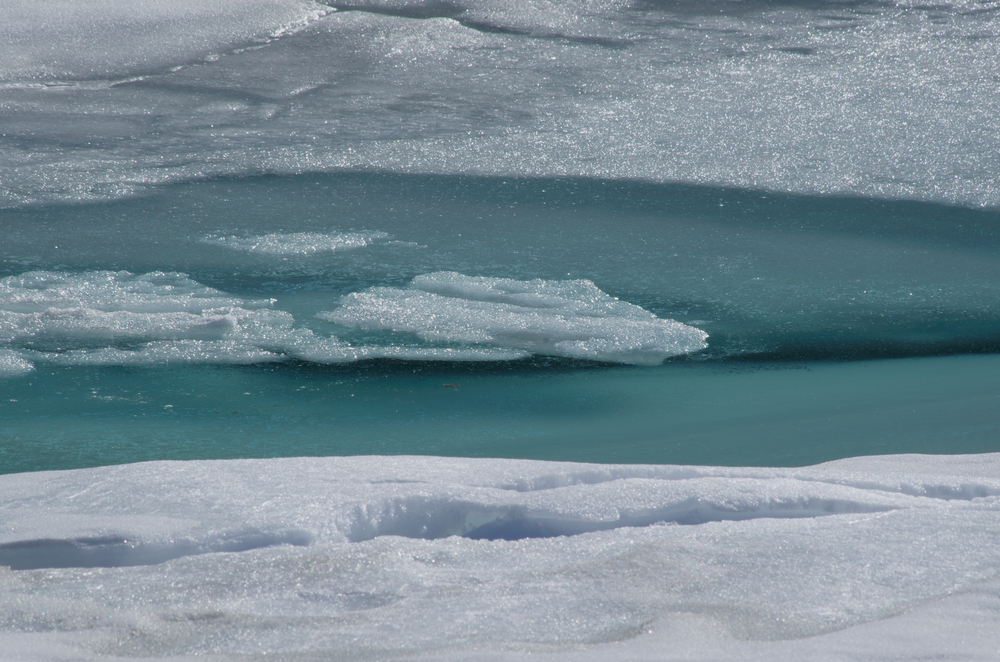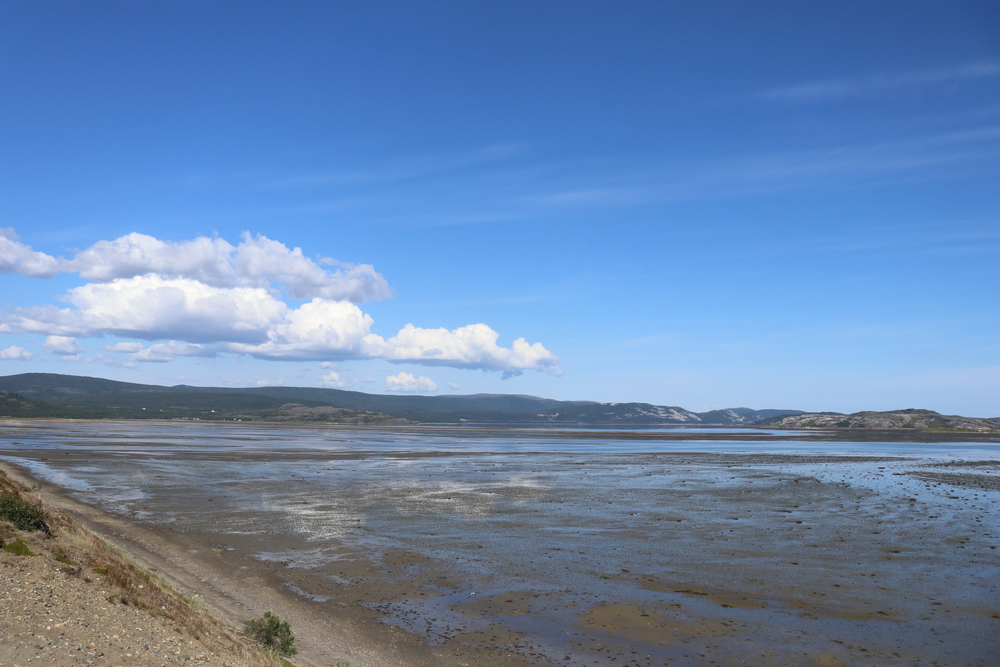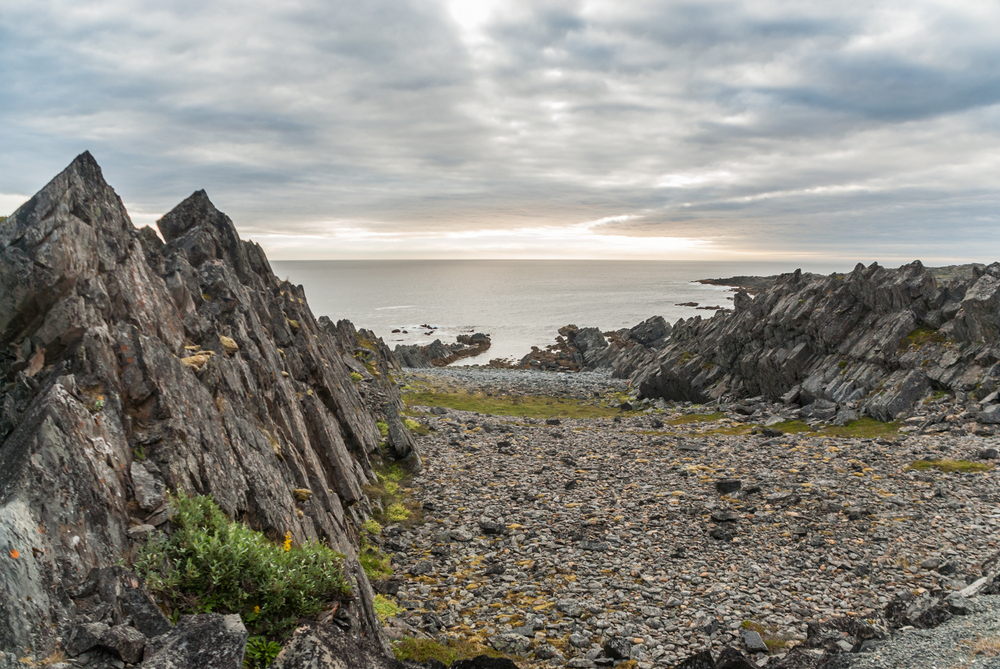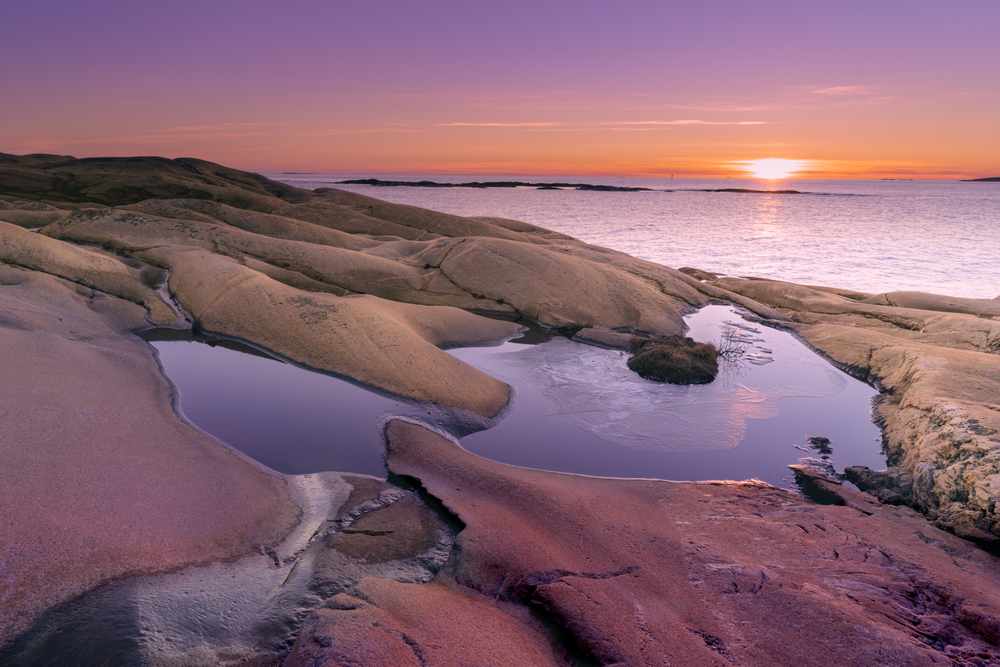Norway boasts 47 officially designated national parks, covering vast and diverse landscapes that epitomize the country’s natural beauty and ecological richness. These parks, spread across mainland Norway and the Svalbard archipelago, protect some of the most pristine and dramatic wilderness areas in Europe. From towering fjords and glaciers to dense forests and alpine plateaus, Norway’s national parks showcase its unparalleled natural diversity and offer a haven for countless species of flora and fauna.
Jotunheimen National Park, located in southern Norway, is among the most celebrated. Known as the “Home of the Giants,” this park is a majestic expanse of towering peaks, including Galdhøpiggen and Glittertind, the highest mountains in Northern Europe. Its glacial valleys and crystal-clear lakes make it a paradise for mountaineers, hikers, and nature enthusiasts. The park also supports diverse wildlife, such as reindeer, wolverines, and golden eagles. Visitors can experience breathtaking trails like Besseggen Ridge, which offers unparalleled views of the surrounding landscape.
Hardangervidda National Park is the largest national park in Norway, encompassing Europe’s largest mountain plateau. Its vast tundra-like terrain is home to one of the continent’s last remaining wild reindeer herds. The park is also a hotspot for fishing and birdwatching, with countless rivers and lakes teeming with trout and species such as the Arctic fox and snowy owl making their home here. Hardangervidda’s rugged beauty is complemented by the historic Rallarvegen biking route, which attracts outdoor enthusiasts year-round.
Rondane National Park is Norway’s oldest national park, established in 1962. Its rugged peaks, serene valleys, and alpine tundra create a dramatic landscape that has inspired artists and poets for centuries. The park provides critical habitat for wild reindeer and is ideal for hiking, with trails ranging from leisurely walks to challenging climbs. The Rondane massif, featuring ten peaks over 2,000 meters, is a highlight for adventurers seeking breathtaking views and solitude.
Lofotodden National Park, in the picturesque Lofoten Islands, is a newer addition to Norway’s national parks. It protects the dramatic coastal landscapes, including steep cliffs, white-sand beaches, and turquoise fjords. The park is a haven for seabirds, including puffins and sea eagles, and offers incredible opportunities for kayaking, fishing, and mountaineering. Its unique combination of rugged beauty and Arctic charm makes it one of the most stunning destinations in Norway.
Svalbard National Parks, such as Nordvest-Spitsbergen and Forlandet, provide a glimpse into the Arctic wilderness. These remote parks feature glaciers, polar deserts, and abundant wildlife, including polar bears, Arctic foxes, and walruses. Their preservation is crucial for studying the impacts of climate change on fragile Arctic ecosystems.
Despite their beauty, Norway’s national parks face challenges from climate change, over-tourism, and habitat disruption. However, Norway’s strict conservation policies, sustainable tourism initiatives, and emphasis on environmental education are ensuring that these protected areas remain pristine and resilient for future generations.










































































